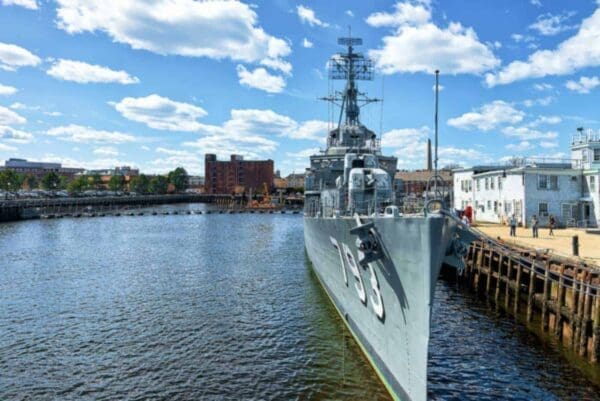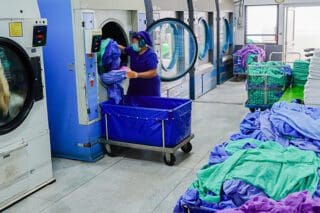
The Agent Orange Exposure Compensation & Pension Service has reportedly collected data that confirms exposure to Agent Orange and other herbicides on at least sixteen U.S. naval vessels during the Vietnam War.
Robert Mitchell, a writer with the Saratogian online newspaper, stated that a number of sources confirmed that offshore naval vessels known as “blue waters” conducted operations in inland rivers and deltas in Vietnam (these inland rivers and deltas were known as “brown water” areas). Veterans who served on those “blue water” vessels were more than likely exposed to herbicide agents, including Agent Orange. The list of ships provided by the Saratogian included the USS Carronade IFS-1, the USS Clarion River LSMR 409, the USS Francis River LSMR 535, the USS White River LSMR 536, the USS Ingersoll DD-652, the USS Mansfield DD-728, the USS Richard E. Kraus DD-849, the USS Basilone DD-824, the USS Hamner DD-718, the USS Conway DD-507, the USS Fiske DD-842, the USS Black DD-666, the USS Mahan DLG-11, the USS Niagara Falls AFS-3, the USS Providence CLG-6 and the USS Okanogan APA-220.
Agent Orange is one of the most well-known herbicides used during the Vietnam War. It refers to a group of herbicides used between 1961 and 1971 that was sprayed over the Vietnamese jungles to deaden the leaves from the trees and expose enemy forces that were hiding there. The U.S. military sprayed millions of gallons of Agent Orange, exposing their own military men as well as Vietnamese forces and civilians. There are a number of diseases caused by Agent Orange that are recognized by the VA, including B Cell Leukemias, AL Amyloidosis, Peripheral Neuropathy, Lymphocytic Leukemia, and Multiple Myeloma.
Vets who served in Vietnam do not have to provide proof of exposure to the VA to receive benefits; Vietnam veterans who served during the aforementioned ten-year period are eligible for veteran health care benefits related to Agent Orange exposure. Children of Vietnam-era vets who have spina bifida or other qualifying birth defects may also be eligible for VA health care.
Like previous exposure to asbestos, Agent Orange can cause a number of serious, perhaps even fatal ailments. The men aboard naval ships in Vietnam not only had to be wary of herbicide exposure, but exposure to carcinogenic asbestos as well. Asbestos exposure on board U.S. Navy ships has led to the development of mesothelioma cancer in countless war veterans. Mesothelioma is a rare form of cancer that has no known cure and is extremely aggressive.
Vietnam vets who served on board any of the ships mentioned above should contact the VA and inquire about further medical tests and benefits.
February 4, 2010 is World Cancer Day
Today is World Cancer Day, a day when people worldwide are invited to learn more about cancer, which happens to be one of the leading causes of death across the globe. It is important to learn as much as we can about how to prevent cancer, which happens to be this year’s World Cancer Day theme. The World Health Organization, or WHO, stresses a renewed focus on preventative measures that can help people across our world avoid a cancer diagnosis. These measures include sticking to a healthy diet and exercise plan, avoiding or limiting alcohol intake, the avoidance of tobacco products, and vaccination against certain diseases that can lead to the development of cancer.
For more information about World Cancer Day, visit the WHO website.




